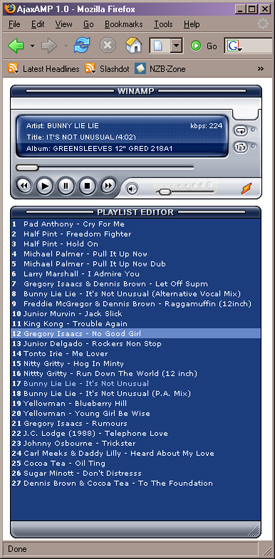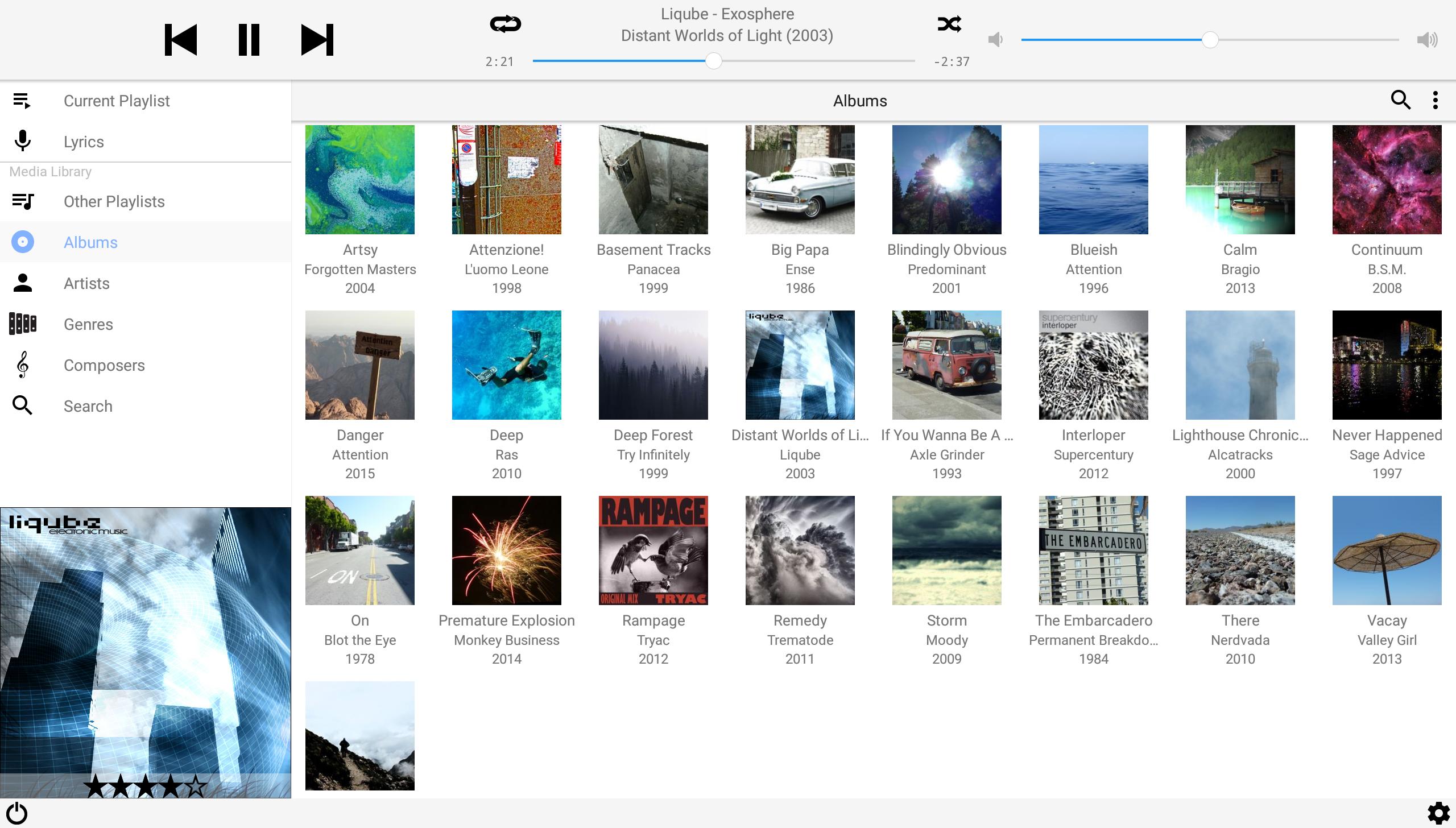Winamp Remote Control
The Best Remote Control for Winamp!! - I just wanted to say how sweet this thing is. I tried a couple other remote controls (networked winamps) and they stink compared to this one. Thanks for making this possible! I would like to be able to load playlists and have the file browser a bit more windows-like. Our goal was to create a remote control for the popular music player, Winamp. The Winamp controller is a standalone piece of hardware that allows a user to view playlists and control Winamp as if they were actually at the computer. It utilizes Winamp’s API through a simple plugin that is loaded upon starting the application.
Winamp Remote Control Requirements. Here are the basic requirements for controlling Winamp from your mobile phone or tablet: An Android, Windows Phone 8, BlackBerry or Java mobile device. Remote Control gadget will display the current song title (if you have enabled scrolling) playback position and volume level; it will let you control from the Windows sidebar the Winamp volume, and also rewind or fast forward the current track, skip tracks.

Instructions
Step 1: Start WinAmp on the computer and set up a playlist. Load the plugin file that comes with the remote control onto the computer. Simply find the WinAmp directory on the hard drive, and place the plugin file given into the plugin directory. This only needs to be down the first time you use the remote control.
Step 2: Power on the remote control by flipping the toggle switch. A red LED should illuminate.
Step 3: All buttons are labeled accordingly on the remote control but they are listed here with functionality. When a button is pressed, a yellow LED should illuminate next to the button.


Button 0: MODE: When pressed, this allows the user to see the playlist. Use the volume buttons to scroll up and down the list. A * is also visible on the left side of the screen. To play a song, simply press the PLAY button when the * is next to the chosen song. To exit from play list mode, hit the MODE button again.
Button 1: VOUME DOWN: This button decreases the volume. However, when viewing the play list, it allows the user to scroll down. When the button is held down, it will decrease the volume at a faster pace.
Button 2: VOLUME UP: This button increases the volume. However, when viewing the play list, it allows the user to scroll up. When the button is held down, it will increase the volume at a faster pace.
Button 3: FAST FORWARD: When tapped, this button skips to the next song on the play list. When held down, it will fast forward through the current song.
Button 4: STOP: This button stops music from playing.
Button 5: PAUSE: This button will pause a song at its current location. To exit PAUSE, hit either the PAUSE or PLAY button.
Button 6: PLAY: This button will play the first song on the play list if it is the first button pressed. If music had already been playing, it will play whichever song the music was stopped at. When pressed while viewing the play list, the song with the * next to it will begin to play.
Button 7: REWIND: When tapped, this button skips to the previous song on the play list. When held down, it will rewind through the current song.
Frequently Asked Question
The LCD is small, what if two songs have the same first 16 characters?
The remote control sets up a scrolling song title. This means the entire song name will scroll across the LCD
What is shown on the LCD during normal operation?
You will see the current song being scrolled across the top line. On the bottom line, it shows what the current state of operation is. If the state is PLAY, the bottom line will also show how much time has passed in the current song as well as the current bit rate.
What kind of batteries does it use?
One 9V battery will last for several hours of usage.
Ajaxamp

Winamp Remote Control
What does it mean if the LCD reads “no connection”?
There can be one of several problems. WinAmp could be closed, the plugin might not be installed, or the serial cable could be loose or not plugged into com 1. As a first step, trying resetting the controller and restarting WinAmp.
